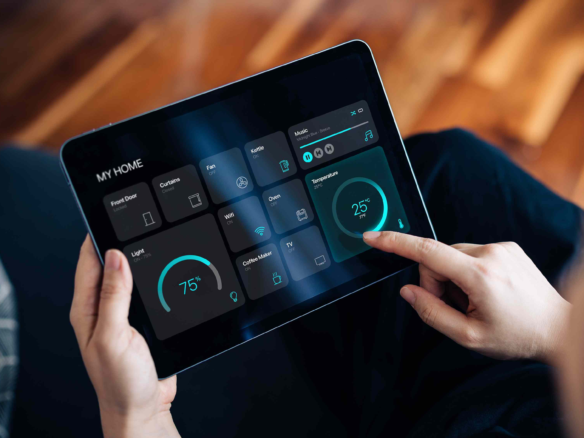
With Veterans Day right around the corner, it’s the perfect time to highlight one of the lesser-known benefits of VA loans: assumability.
VA loans are designed to make homeownership more affordable for those who’ve served, offering favorable terms and flexible qualification requirements. But many don’t realize that these loans can also be assumed, meaning a new buyer can take over the existing mortgage, often at a much lower interest rate than what’s available today.
Whether you’re buying a house in San Diego, CA or selling your house in Raleigh, NC, understanding how VA loan assumptions work can give you a valuable edge in today’s market. Here’s what to know.

What does “assumable” mean?
An assumable mortgage allows a homebuyer to take over (assume) the seller’s existing loan instead of getting a new one. The buyer keeps the same interest rate, loan balance, and repayment terms, which can mean major savings if today’s rates are higher.
In short, it’s a transfer of both the mortgage and its conditions from one homeowner to another.
Are VA loans assumable?
Yes, most VA loans are assumable with approval from the lender and the U.S. Department of Veterans Affairs (VA). This means a qualified buyer can step into the seller’s VA-backed loan and continue payments under the same terms.
Here’s what to know:
- Applies to most loans after March 1, 1988. Older VA loans may have different requirements.
- Buyer qualifications matter. The buyer must meet the lender’s credit, income, and debt-to-income standards. The VA doesn’t set a universal minimum credit score, but many lenders look for a score around 620 and a DTI near or below 41%.
- VA or lender approval is required. The assumption isn’t automatic, and lenders may have additional internal policies or conditions.
- Seller should request a release of liability. Without a formal release, the original borrower remains responsible if the buyer defaults.
- Buyers don’t have to be veterans. Non-veterans can assume a VA loan as long as they qualify financially, but that affects the seller’s future VA loan eligibility (explained below).
Who can assume a VA loan?
While VA loans are a benefit reserved for eligible service members, veterans, and some surviving spouses, the ability to assume a VA loan isn’t limited to those groups. In most cases, any qualified buyer can assume a VA loan as long as the lender and the U.S. Department of Veterans Affairs (VA) approve the transfer.
Here’s how it works depending on the buyer:
- Eligible veterans and service members: Veterans who already have VA loan entitlement can assume another veteran’s loan and substitute their own entitlement for the seller’s. This substitution frees up the seller’s entitlement so they can use their VA benefit again in the future.
- Non-veterans: Non-veterans can also assume a VA loan, provided they meet the lender’s credit and income requirements. However, the original veteran’s entitlement remains tied to the loan until it’s paid off, limiting their ability to use their VA benefit on another home.
- Surviving spouses: Surviving spouses who are VA-eligible may also assume a VA loan under similar conditions, subject to lender and VA approval.
Regardless of eligibility, the buyer must qualify financially, meet credit score and debt-to-income standards, and agree to take over all loan obligations.
VA loan assumption example
To understand how a VA loan assumption can benefit both parties, let’s look at a simple example.
Scenario: A homeowner in San Diego, CA, bought their house in 2020 using a VA loan with a 2.75% fixed interest rate. After four years, they’ve decided to sell. Their loan balance is $420,000, and they still have 26 years left on the mortgage.
In today’s market, average mortgage rates are closer to 6.75%. A new buyer purchasing the same home for $500,000 would typically need to take out a new mortgage at that higher rate, resulting in much larger monthly payments.
However, if the buyer assumes the seller’s VA loan instead, here’s what it would look like:
| Item | New loan scenario | VA loan assumption |
| Home price | $500,000 | $500,000 |
| Loan balance | $475,000 (after a 5% down payment) | $420,000 (assumed) |
| Interest rate | 6.75% | 2.75% |
| Monthly principal & interest | ~$3,081 | ~$1,710 |
| Monthly savings | — | $1,371 per month |
| Cash needed to cover seller’s equity | $25,000 (5% down payment) | $80,000 (difference between sale price and loan balance) |
Takeaway: Even though the buyer must pay the seller $80,000 for their equity, assuming the existing VA loan at 2.75% can save them more than $16,000 per year in monthly payments – over $400,000 in interest across the life of the loan.
For the seller, offering an assumable VA loan can make their home far more appealing in a competitive market, especially if interest rates remain elevated. According to Veterans United Home Loans, many VA homeowners have interest rates below 5%, making assumable loans a compelling proposition in a high-rate environment.
How to assume a VA loan
Here’s a detailed flow from both the seller’s and buyer’s perspective.
For sellers:
- Confirm eligibility: Make sure your mortgage is a VA-guaranteed loan and assumable (most after March 1, 1988 are).
- Contact your loan servicer: Let your servicer know you plan to sell through a VA loan assumption. Ask for their approval requirements and how to request a release of liability once the loan transfers.
- Choose your buyer type: If the buyer is a veteran, they can substitute their entitlement and restore yours. If not, your entitlement stays tied to the loan until it’s paid off.
- Buyer qualification: The buyer must meet the lender’s credit, income, and debt-to-income standards. Your servicer, and sometimes the VA, will review and approve their application.
- Finalize the transfer: Once approved, secure written confirmation of your release from liability—without it, you remain legally responsible for the loan.
For buyers:
- Find an assumable VA loan: Ask whether the seller’s mortgage is assumable and review the loan balance, interest rate, and term.
- Check qualifications: Lenders set their own credit and DTI standards; most look for a 620+ score and DTI under 41%, though flexibility varies
- Cover the seller’s equity: Be prepared to pay the difference between the sale price and the remaining loan balance, either in cash or with secondary financing.
- Apply for approval: Submit your assumption application through the seller’s loan servicer. The VA recommends servicers process requests within 45 days, though it may vary.
- Take over the loan: Once approved, you’ll make payments under the same interest rate and terms as the seller. Confirm details for escrow, property taxes, and insurance.
- Pay assumption fees: Expect a 0.5 % VA funding fee (based on the remaining balance) and possible small lender processing costs. Clarify whether the buyer or seller will cover these fees.
For official guidance on secondary borrowing and assumption requirements, see the VA’s Veterans Benefits Administration Circular 26-24-17.
Pros and cons of assuming a VA loan
Pros for buyers:
- Locked-in lower rates: If the original VA loan was secured when rates were much lower (for example 3–5 %) and current rates are higher, you inherit the lower rate.
- Reduced closing costs: You may avoid the typical origination fees, appraisal fees and perhaps get a faster path to doing a purchase.
- Broader eligibility: You don’t have to be a veteran to assume a VA loan, as long as you meet the lender’s credit/income criteria.
Cons for buyers:
- Equity gap / down payment needed: The remaining loan balance may be significantly less than the home’s sale price. You’d need to make up the difference. For example: sale price $400 k, loan balance $325 k → you may need $75 k cash or a second loan.
- You still must qualify: Even though you’re assuming the loan, the lender still assesses your creditworthiness, income, and residual income. You’re not “free” of qualification.
- Less flexibility on terms: You inherit existing loan terms (interest rate, remaining term). If the term is short or you plan to stay a long time, this might not suit your strategy.
- Potential hidden or additional costs: While some costs are reduced, there still may be fees, escrow transfers, title/closing expenses, etc. Some lenders are also less familiar with assumption processes and may cause delays.
- Longer timelines: some Reddit commentary notes that even when assumption is possible, the equity gap (cash needed) and time to close can make it less fluid. “VA assumptions aren’t common because they typically require large amounts of money upfront to assume the loan and a prolonged closing timeline.”
Pros for sellers:
- Competitive selling point: If you’re selling a home with a low-rate VA loan, offering assumability can broaden your buyer pool and make your listing stand out.
- Possible entitlement restoration (for veterans): If the buyer is also a veteran and substitutes entitlement, you can regain your VA benefit ability to borrow again.
Cons for sellers (veterans especially):
- Loss of entitlement if not substituted properly: If a non‐veteran assumes your loan (or a veteran does but doesn’t properly substitute entitlement), your VA benefit entitlement remains tied up in the assumed loan until it’s fully paid off. That means you might be unable to get future VA loans or be able to use zero/down‐payment benefits.
- Liability risk if no release: If you don’t obtain a proper release of liability, you remain responsible for the loan if the new borrower defaults, which could damage your credit.
- Slower or more complex closing: The assumption process may take longer than a standard purchase because it involves additional servicer/VA approval. In some cases, delay may jeopardize the sale.
- Limited industry familiarity: One challenge is that many real-estate agents/lenders and buyers are simply not familiar with assumption transactions, which may slow things down. Reports show assumption volumes have increased but they are still a small fraction of total sales.
When does it make sense / not make sense?
When it makes sense:
- The original VA loan interest rate is significantly lower than current market rates.
- The buyer has strong credit/income and is ready to assume.
- The seller wants to market the assumable feature as a differentiator.
- The buyer can cover the equity gap (or the home is priced near the loan balance).
- The seller is a veteran and the buyer is too – so entitlement can be substituted.
When it might not make sense:
- The remaining loan term is short, offering limited benefit.
- The home price is much higher than the remaining balance, requiring a large cash payment or secondary financing.
- The buyer doesn’t qualify under lender or VA standards.
- If the seller cannot obtain release of liability (buyer default will harm seller).
- If the seller is a veteran and the buyer isn’t, the seller’s VA entitlement stays tied to the loan and can’t be reused until it’s paid off.
VA loan assumption best practices
- Get ahead of the process: If you’re a seller and your loan is assumable, start the conversation with your servicer early and inform your real-estate agent so the listing can highlight the assumable VA loan feature.
- Work with experienced professionals: Not all lenders/servicers handle assumptions frequently. Choose a lender or mortgage broker with solid VA-assumption experience.
- Be transparent about equity difference: Buyers need to know how much “cash-in” may be required beyond just taking over the loan.
- Entitlement awareness for veterans: If you’re the veteran seller, make sure the buyer is eligible and willing to substitute entitlement if you want your VA benefit restored.
- Assess the long-term term vs short-term horizon: For buyers, if you plan to stay many years, inheriting a loan with many years remaining is good; if only 5–10 years remain, the benefit may be reduced.
- Document the release of liability: For the seller, you must not assume you’re automatically off the hook, get the release in writing.
Frequently asked questions about assuming a va loan
Q1: Do you have to be a veteran to assume a VA loan?
No. While obtaining a VA-originated loan typically is for veterans or eligible individuals, the assumption of a VA loan can often be done by non-veterans, provided they meet the lender’s and VA’s requirements.
Q2: What about the original veteran’s entitlement, will it be restored?
If the loan is assumed and the buyer is an eligible veteran and that veteran substitutes their own entitlement for the loan, then the original veteran’s entitlement can be restored. But if it is assumed by a non-veteran (or a veteran who doesn’t substitute), the original veteran’s entitlement remains tied up until the loan is paid off.
Q3: Are all VA loans automatically assumable?
Not necessarily. While many VA loans are assumable, the process must be approved by the lender (and the VA). Some loans may have restrictions, and approval depends on the new borrower’s qualification. Also, less favorable terms or unusual circumstances might make assumption impractical.
Q4: What are the fees associated with assuming a VA loan?
For assumption, the VA funding fee is typically 0.5% of the loan balance (much less than the standard funding fee for new VA loans). There may also be servicer processing fees (up to $300 + locality adjustments) and other closing costs.
Q5: How long does it take to get a VA loan assumption approved?
It can vary, but the Department of Veterans Affairs has issued guidance (VA Circular 26-23-27) that servicers must process assumption requests within 45 days, though delays may still occur.
The post Are VA Loans Assumable? What It Means for Veterans, Buyers, and Sellers appeared first on Redfin | Real Estate Tips for Home Buying, Selling & More.





Join The Discussion